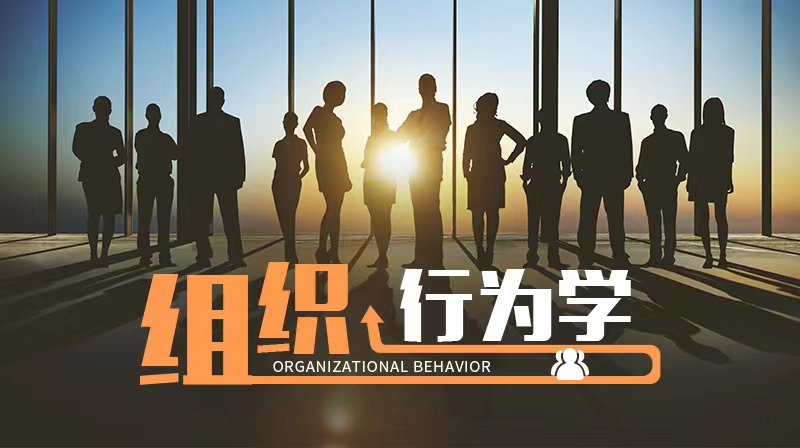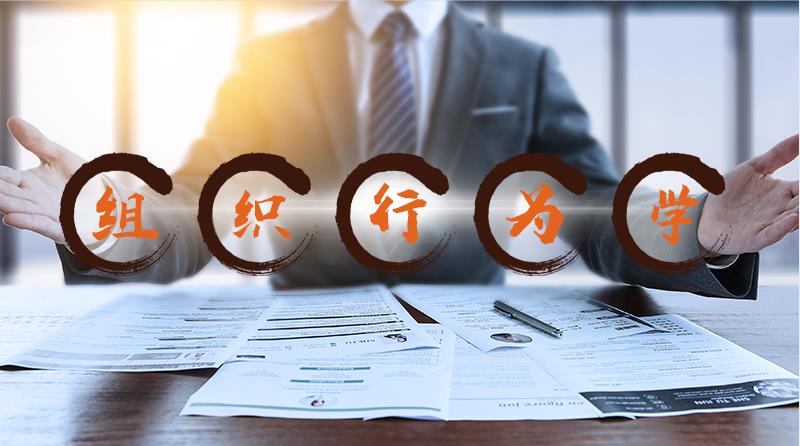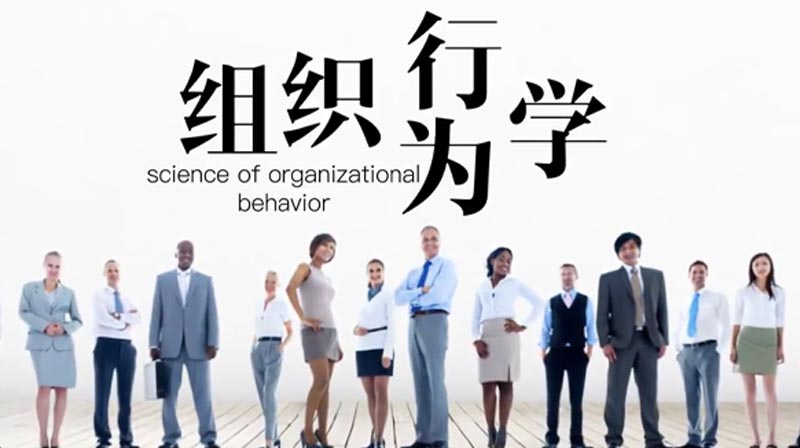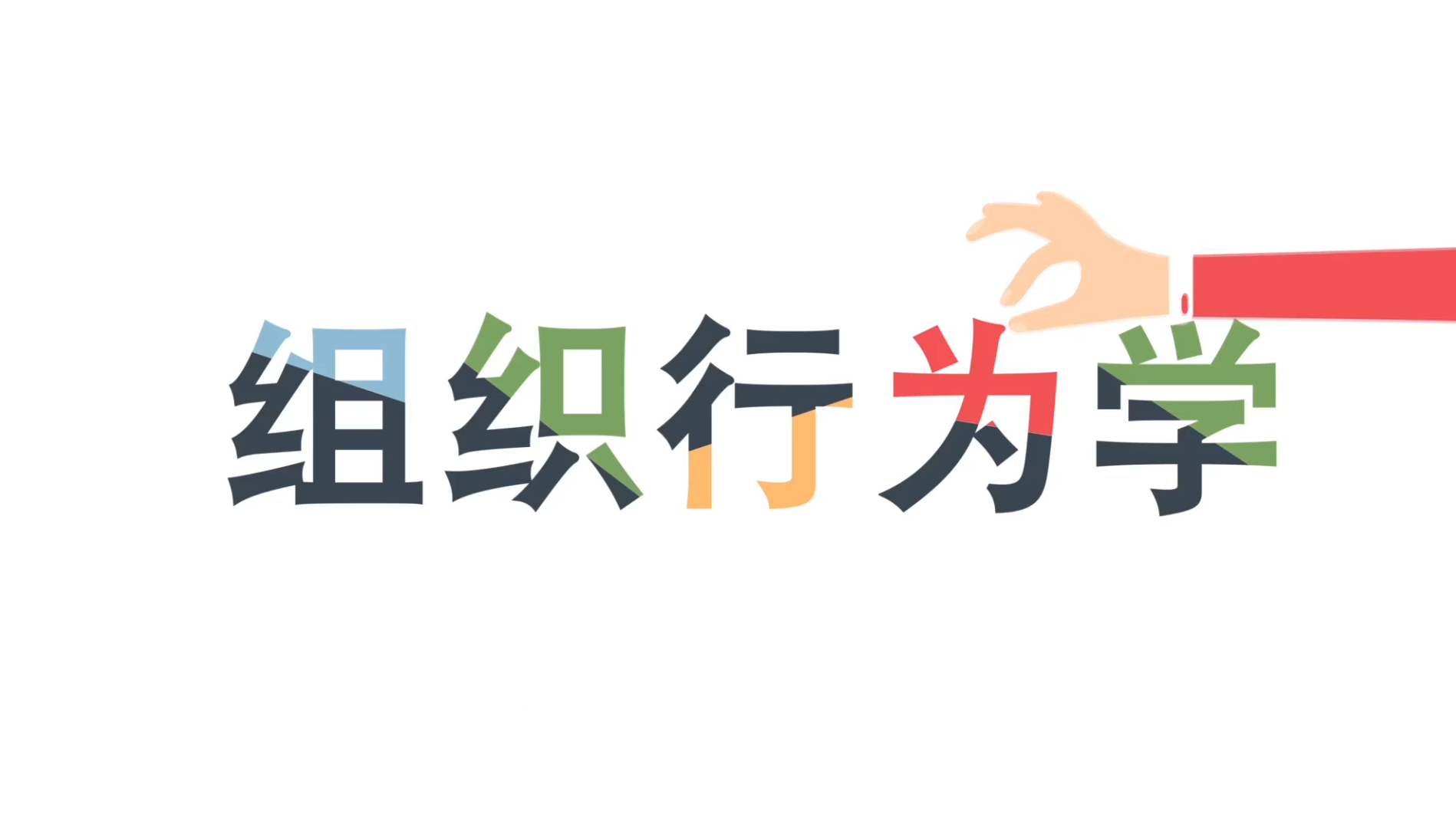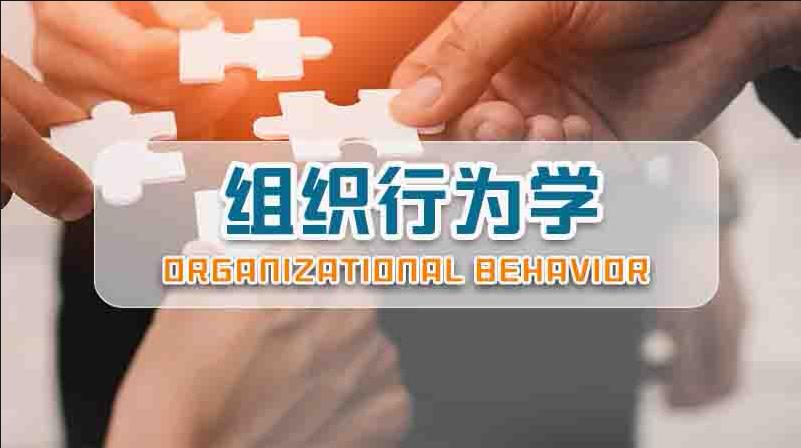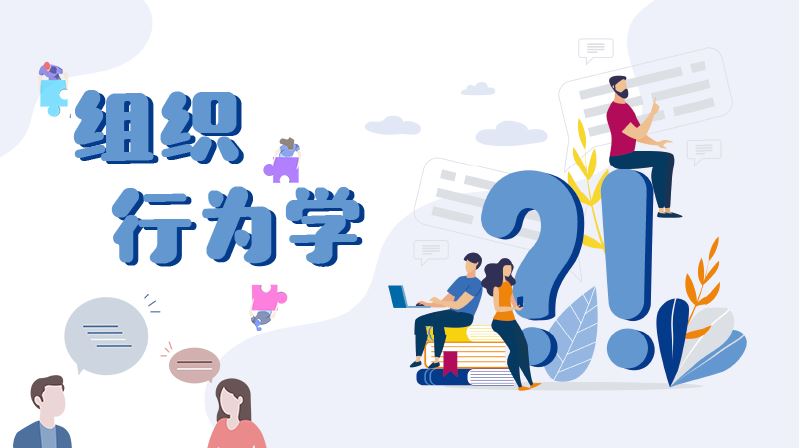第十五章测试1.A dominant organizational culture expresses the core values that are shared by a of the organization’s members.( )
A:Majority
B:minority
答案:A
2.Organizational culture guides and shapes the attitudes and behavior of ( ).
A:people outside the organization
B:employers
C:government officials
D:employees
3.From an employee's standpoint, organizational culture is valuable because it reduces ( ).
A:anxiety
B:Ambiguity
C:cost
D:risk
4.
The ultimate source of an organization’s culture is its ( ).
A:competitor
B:partner
C:founder
D:employee
5.
The explicit goal of( )is to identify and hire individuals who have the knowledge, skills, and abilities to perform the jobs within the organization successfully.
A:audition
B:evaluation
C:competition
D:selection
6.The most critical socialization stage is at the time of ( )the organization.
A:applying for
B:working in
C:entry into
D:leaving
7.
The content and ( )of a culture influences an organization’s ethical climate and the ethical behavior of its members.
A:frequency
B:quality
C:depth
D:strength
8.Which of the following is not a possible way for management do to create a more ethical culture?( )
A:Be a visible role model.
B:Provide ethical training.
C:Visibly reward ethical acts and punish unethical ones.
D:Deliberately ignoring unethical behaviors.
9.Which of the following does not belong to the key variables shaping customer-responsive cultures include? ( )
A:the type of employees themselves
B:Widespread use of empowerment
C:role ambiguity
D:low formalization
10.In order to create a customer-responsive culture, empowerment allows service employees to make on-the-spot decisions to satisfy customers completely. True or false?( )
A:错 B:对
温馨提示支付 ¥4.99 元后可查看付费内容,请先翻页预览!
